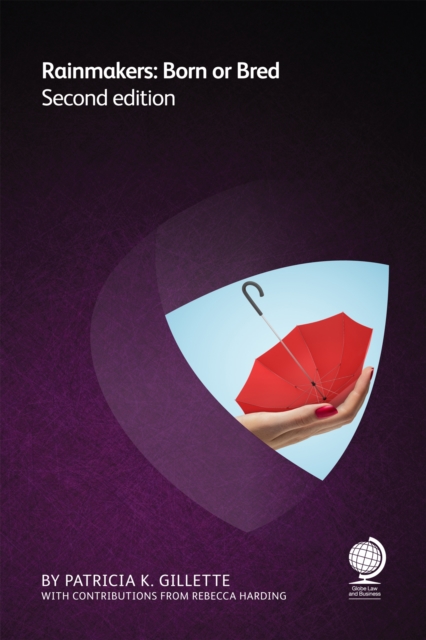Change is in the air: change in the way work gets done, in the way performance is measured, and in the way law firms interact with their clients. But how does this square with the psyche of lawyers who live their lives relying on precedent and tradition? Why change what has worked for all these years? The answer lies in the arrival on the law firm scene of Dr. Doolittle’s fictional animal, the “pushme-pullyou”: Generation Y lawyers are pushing and Baby Boomers are pulling. And right in the middle are the law firms, slowly but steadily, moving into a new era. Generally, Gen Y includes those born between 1978 and 1994. This generation is nearly the size of the Baby Boomers and, like the Baby Boomers, they have become a force to be reckoned with in the workplace.
What we know about Gen Y’ers is that they are willing to trade money for time; they want life balance; they are committed to social causes and volunteering; and they want to do interesting, fast-paced work, preferably with their friends. As these attorneys entered large law firms, interesting statistics began to emerge: 78 percent of associates were leaving before their fifth year of practice. They weren’t leaving because they were asked to, but because they had paid off their law school debts and they were looking for “greener pastures” or anything other than practicing law.
Finally some law firms woke up and realized that this turnover of highly paid attorneys in whom the law firm had invested time and money was not a good thing. They began to admit that Gen Y values were inconsistent with the traditional law firm structure—where success is measured by the billable hour and progress is tracked by year out of law school; where the best and the brightest are often holed up in rooms doing document reviews on large cases, never seeing any clients, much less a courtroom; where the reward for making partner is more work. This caused some firms to reconsider whether the traditional work structure still made sense.
But this epiphany was not solely due to the Gen Y phenomena. As it turns out, the Gen Y perspective bears an uncanny resemblance to that of the Baby Boomers, who are now running law firms. Contrary to their younger days, Baby Boomers are also willing to trade money for time. They can’t or don’t want to retire, but they want to slow down; they want time to enjoy the money they have earned; they want to give back to their communities; and, as they wind up their careers, they want to do interesting work with friends. It is these shared characteristics between the bookends of the law firm community that is a primary driver of the change in the way law firms are run.
As part of this facelift, firms, mine included, are investing in an infrastructure: outsourcing work, project management, and meaningful performance feedback. Firms are also investing in their associates: defining the competencies that are expected and measuring performance by those competencies, tying compensation to merit, not year out of law school; rewarding associates for efficient, productive work, not simply billable hours; recognizing partners who embrace diversity, teamwork and life balance; using alternative billing arrangements to partner with their clients; and ditching the career ladder in favor of a career lattice that allows for variations and different career paths. Some think the changes in law firm structure are a flash in the pan or a reaction to the economic times. Not so. The “pushme-pullyou” may move slowly and sometimes even reluctantly, but it will continue to move forward. This animal— fictional or not—isn’t going away.
By Patricia Gillette
October 2010
First published in USF Law Alumni Magazine

